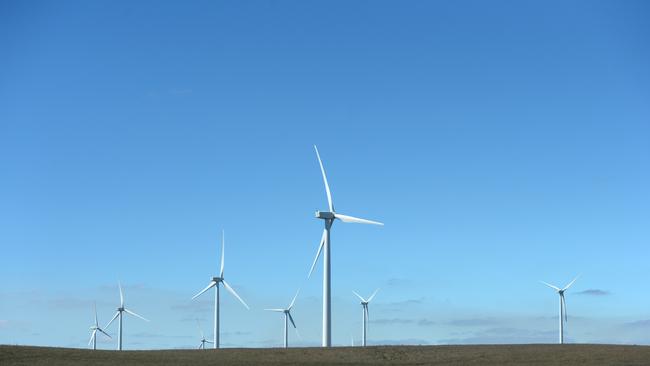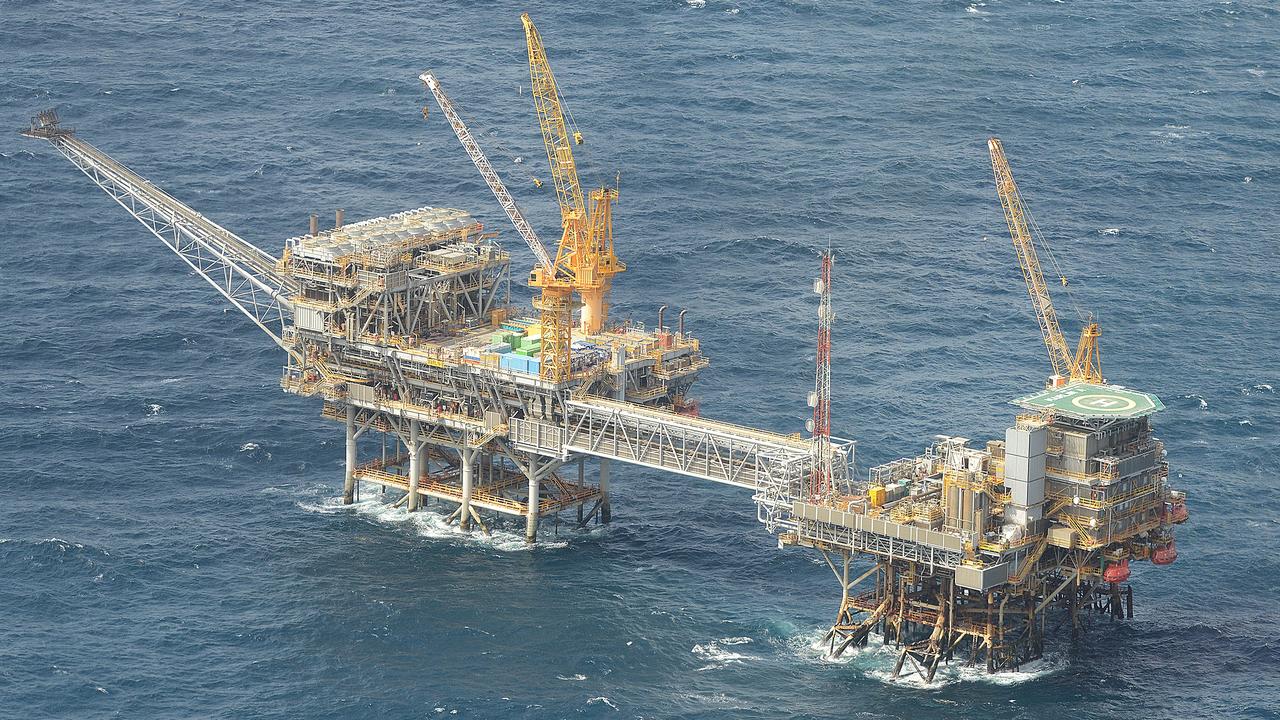Victoria plots giant green solar and wind plan
More than five million solar panels and a string of new transmission lines have been proposed as Victoria chases a blueprint to ditch coal for renewables.

Victoria plans to build renewable energy zones covering 7 per cent of the state’s land area, with 5.2 million solar panels, nearly 1000 onshore wind turbines and four new transmission projects, as it chases a target for clean energy to provide 95 per cent of its electricity by 2035.
The Victorian government laid out a draft blueprint through to 2040 that targets seven giant renewable energy zones and a string of new transmission lines, with several deemed “urgent”, to prepare for major coal-fired power stations closing later this decade.
Victoria aims to reach a 40 per cent renewable electricity target this year and then turbocharge the rollout of solar, wind and batteries over the next decade to hit goals of 65 per cent by 2030 and 95 per cent by 2035 when AGL Energy’s Loy Yang A coal plant is due to shut.
To reach those goals by 2040, some 5.2 million solar panels will be deployed across large-scale facilities contributing 2.7 gigawatts of electricity. Onshore wind will deliver 970 turbines, or 5.8GW of power, while 500 wind turbines will be located offshore for a 9GW boost. The state’s ability to hit its goals will also play an important role in federal Labor’s aim for Australia to more than double renewable energy to 82 per cent of the power grid by 2030.
Experts told The Australian this week that Labor will undershoot its target by 14 percentage points due to delays in delivering big solar and wind projects, prompting global consultancy Wood Mackenzie to warn the shortfall may imperil the Albanese government’s pledge to slash emissions this decade.
The seven proposed zones in Victoria are Central Highlands, the Central North, Gippsland, the North West, the South West, Grampians Wimmera and Wimmera Southern Mallee.
Energy imported from other states will help maintain a “reliable and affordable” electricity supply in the coming years, according to the draft Victorian Transmission Plan released on Friday.
“This important planning work will keep the lights on and deliver cheap renewable power to Victorian homes and businesses, long after our ageing coal power plants retire,” Victorian Energy Minister Lily D’Ambrosio said.
However, Victoria opposition energy spokesman David Davis said he held concerns over a hit to power bills from the energy blueprint. “Labor today have released coloured maps with shaded so-called ‘draft proposed renewable energy zones’,” Mr Davis said.
“These ‘zones’ and the hundreds of kilometres of new wires connecting them will cost billions of dollars, which will turbocharge increases in the bills of every Victorian household and small business. All these costs are sheeted home to the bills of consumers, families and businesses.”
Farmers have criticised the Allan government for forcing regions to carry the burden of its renewable targets and ignoring concerns its transition plan will compromise food security.
Four new transmission projects have been proposed. These are in addition to major transmission projects already under development, including the Victoria–NSW Interconnector West, known as VNI West, and the Western Renewables Link.
Authorities say only “a fraction of the land within project sites” will be needed for infrastructure. On a typical wind farm, the turbines, along with access roads and other infrastructure, occupy only about 2 per cent of the project site. Officials say renewable generation and storage project developers must have the permission of landholders to build renewable energy projects and all facilities will be subject to approval processes.
Originally published as Victoria plots giant green solar and wind plan



